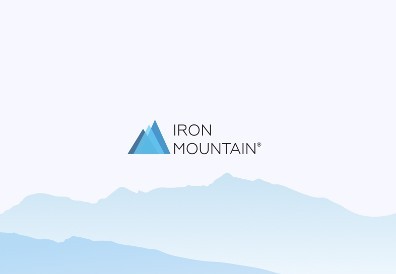Elevate the power of your work
Get a FREE consultation today!
The mortgage post-closing process is a growing financial burden for lenders. Complexity and new regulations spawned by the 2008 subprime mortgage crisis have driven up both costs and the risk of errors.

Banks lost $82 on each loan they originated in the second quarter of 2022, and only 57% reported that their production and servicing operations were profitable. The critical defect rate—or the rate of errors that can render a loan as uninsurable or ineligible for sale—crossed the 2% threshold that is considered the “line in the sand” of acceptability in the second quarter of 2022, according to Aces Quality Management.
An unpredictable geopolitical, macroeconomic, and interest rate picture has further contributed to higher labor costs and error rates. The closing process often involves more than 50 different documents that require verifications, credit risk analysis, underwriting evaluations, tax calculations, and more. Mortgage files are large, many forms aren’t standardized and documents and data enter the processing stream from a variety of sources, each of which must be tracked and double-checked.
Meanwhile, the paper burden continues to grow. The average mortgage now requires 280 pages of documents to be prepared, verified, and checked. It costs organizations an average of $20 to file a document, $120 to find a misplaced document, and $220 to reproduce a lost document, according to Corp! magazine. All that information must be reviewed post-close to verify accuracy and ensure compliance with increasingly stringent regulations. A comprehensive report must be filed with details like defect rates, corrective actions, and details of underwriting and compliance-related errors.
And humans make mistakes. Protecting against errors requires multiple redundant steps to be carried out by costly professionals. Despite the availability of digital tools, paper documents are ubiquitous throughout the process. More than 60% of mortgage professionals who responded to an Iron Mountain survey said even after digitizing their processes, paper is still typically used at closing. A significant 42% ranked reliance on paper processes as a barrier to offering an end-to-end digital mortgage, and just 43% of respondents said they use digital processes at closing.
Much of this cost and labor can be avoided by shifting to e-signature technology and digitizing paper documents using the new generation of highly accurate optical character recognition (OCR) scanners. These devices, which are powered by a type of artificial intelligence called machine learning, can not only recognize the contents of scanned images but understand the context and use that information to classify and store digitized documents appropriately.
High-quality OCR equipment can now achieve accuracy rates of 98% on printed documents. Augmented by machine learning, they can also read handwriting with remarkable accuracy with results that continually improve. Sophisticated content services platforms like Iron Mountain InSight can even be trained to analyze images for use in verifying structural integrity, validating plot plans, and other uses.
A managed services solution makes these powerful capabilities available as a service backed by expert teams and accelerated workflows. Here’s how it works:
Loan documents are scanned at a secure digitization center and indexed by loan type.
Labels are applied and AI-assisted quality assurance validates extracted data and compares it to audit criteria and loan origination system data.
Exceptions are noted and prioritized automatically.
All data is entered into automated and customized post-closing workflows.
Data is stored in a secure and searchable cloud environment with records encrypted both during transmission and at rest in the digital vault. Role-based access permissions ensure that only authorized users have 24/7 access to the digitized documents.
Business rules ensure that such essential elements as signatures have been applied.
The workflow is calibrated to a series of checklists to ensure that all steps have been successfully completed.
Data is verified against original sources, exceptions flagged for human followup, and trailing documents are monitored, processed, digitized, and delivered based on investor guidelines.
Compliance checks are automatic, and real-time auditing records every step in the process.
Clients have visibility into the process and the status of post-closing documents through a dashboard that tracks pending and completed loans as well as exceptions that need attention. Alerts can be automatically assigned by such factors as user groups, users, and alert type. Upon approval, the custodial file is prepared and released for delivery to investors along with new loan setup files.
Automation not only reduces error rates and saves on costs but improves customer satisfaction by reducing cycle times. Freddie Mac’s December 2020 Mortgage Closing Cycle Time Benchmark Study found top-performing loan processors completed the mortgage cycle an average of 20 days faster than the lowest performers, saving 63% in average processing time.
In an environment in which homebuyers have a bounty of choices when shopping for a mortgage, that kind of customer service may be the best argument of all for a digital makeover.
For more information on Mortgage Post-Closing and Information Lifecycle Management, explore our Mortgage and Loan solutions.
Get a FREE consultation today!